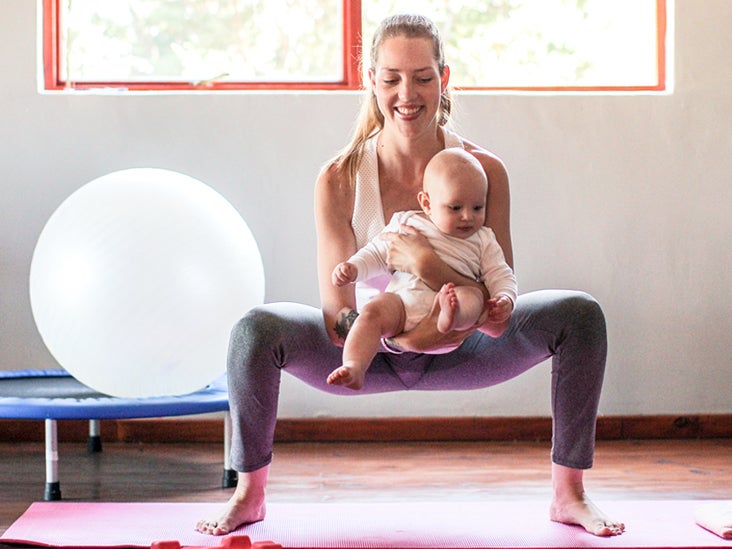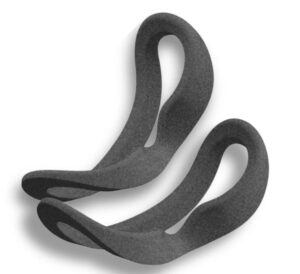How To Help Your Child’spelvic Floor Get Better

Little kids who don’t have the benefit of a ton of good hips may feel a little like they’re in over their head when it comes to keeping their stomachs in check. It can be difficult to know what your child is eating and how much, without having access to lab reports. Thankfully, there are also things you can do as a parent to help strengthen your child’s gut and give them the best chance at staying healthy in this modern world. If you’ve noticed your child is often hungry before meals or has a heavy meal right before bedtime, they are likely missing out on crucial nutrients because of their sitting position. If your child sits either straight forward (back hunched over) or sideways (forward with their legs pulled up), it’s more likely that they are not getting enough support from their hips and
. The natural curve of the lower back and outer hip jointless provide optimal support for the lower body while also naturally supporting the spine and abdomen. If you think about it, almost everything we do in our day-to-day lives revolves around our hips, so it makes sense that our little ones should be able to learn how to keep them stable too!
What Are The Causes Of A Stood own Psoas?
The psoas muscle is one of the pelvic floor muscles and should be strong and intact. If it becomes shorter or shorter in length, it will cause pressure on the internal organs. If it gets longer or wider in its length, it won’t be able to support the weight of the pelvis properly and will cause the impaction of the intestine and other organs.
How To Help Your Child’s Pelvic Floor Get Better
The first step to helping your child’s psoas muscle get better is to familiarize yourself with its position and how it feels while sitting. You can do this by looking in the mirror and looking down at your hips. If you notice your hips caving into the weight of your upper body, you should sit in a reclined position so that you are supporting your lower body. If your child lies on their back, you should sit on their stomach so that you are supporting your child’s pelvic floor. This should happen automatically when your child is in their sows.
How To Help Your Child’s Lower Body Stay Healthy
Your child’s lower body (legs, feet and hands) should function as one unit. This means that the muscles in your child’s legs should work in tandem with those in your child’s torso to keep your child’s body stable and in control. You may have heard that kids who take niacin tend to have stronger muscles and that niacin is good for growing kids. Well, that’s not the whole story. Niacin is actually bad for your child’s heart. It can cause damage to your child’s heart muscle and make their skin rash and sensitive to sun damage. It’s better to spend your money on extra-strength vitamin E and beta-carotene supplements that are good for your child, like the Wellness Strongside line.
Toe Touch, Reclined and seated: how to support your child’s pelvis and hips
When it comes to sitting, reclined or on your child’s stomach, you should try to keep your child’s pelvis as even as possible. This will help to strengthen their psoas while also supporting their spine and stomach in a healthy, natural way. To do this, you should sit so that your spine is straight and your feet are parallel to the ground. You should then lean back so that your hips are parallel to the ground and your back is straight. Your weight should remain evenly distributed across your lower body so that your abdominal muscles are doing the work. If you are having difficulty maintaining the correct sit, you should try to keep your upper body as upright as possible.
A brief history of the sitting position: why is it so bad for us?
The sitting position has been a part of human existence for as long as we have been able to sit upright. The easiest, most natural way for humans to eat and drink is to sit down. When we’re young, we’re still trying to figure out how to sit upright without falling over or getting into the fetal position. This is much easier said than done. The sitting position is bad for us on so many levels. It’s bad for our posture and it can lead to many health problems, including but not limited to:
Wrapping up
As you can see, there are several benefits to sitting on your child’s stomach, including improved digestion and regularity. It also helps your child stay upright and prevents them from becoming overweight. If your child is starting to get into a bad habit of eating later than they should, or they are having difficulty staying down for a meal, you should consider taking them to see a doctor. It may be that they need some dietary adjustments or that they have been. With a few adjustments to your child’s eating habits, you and your little one can enjoy a healthy relationship for years to come.



The online financial Robot is your key to success. Telegram – @Cryptaxbot